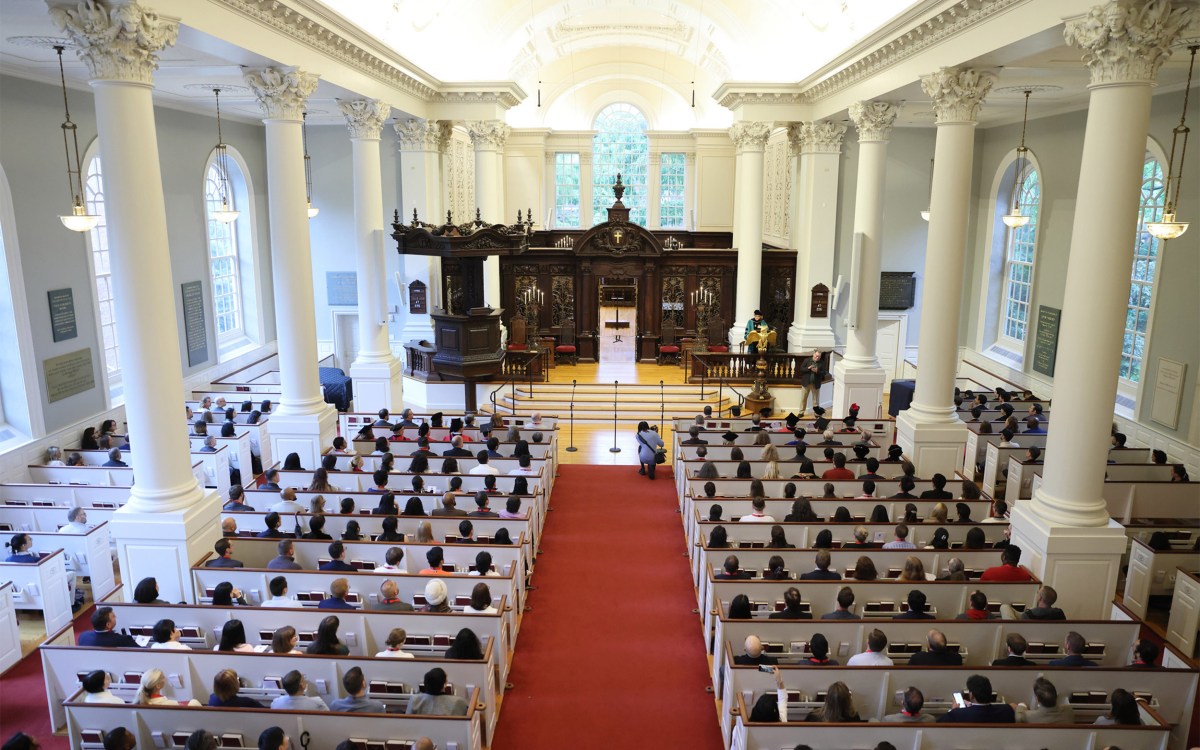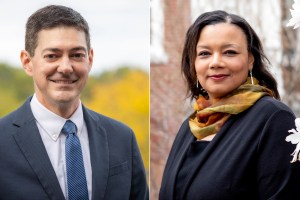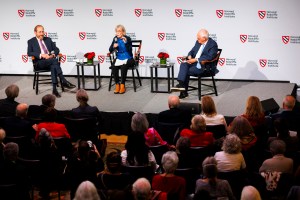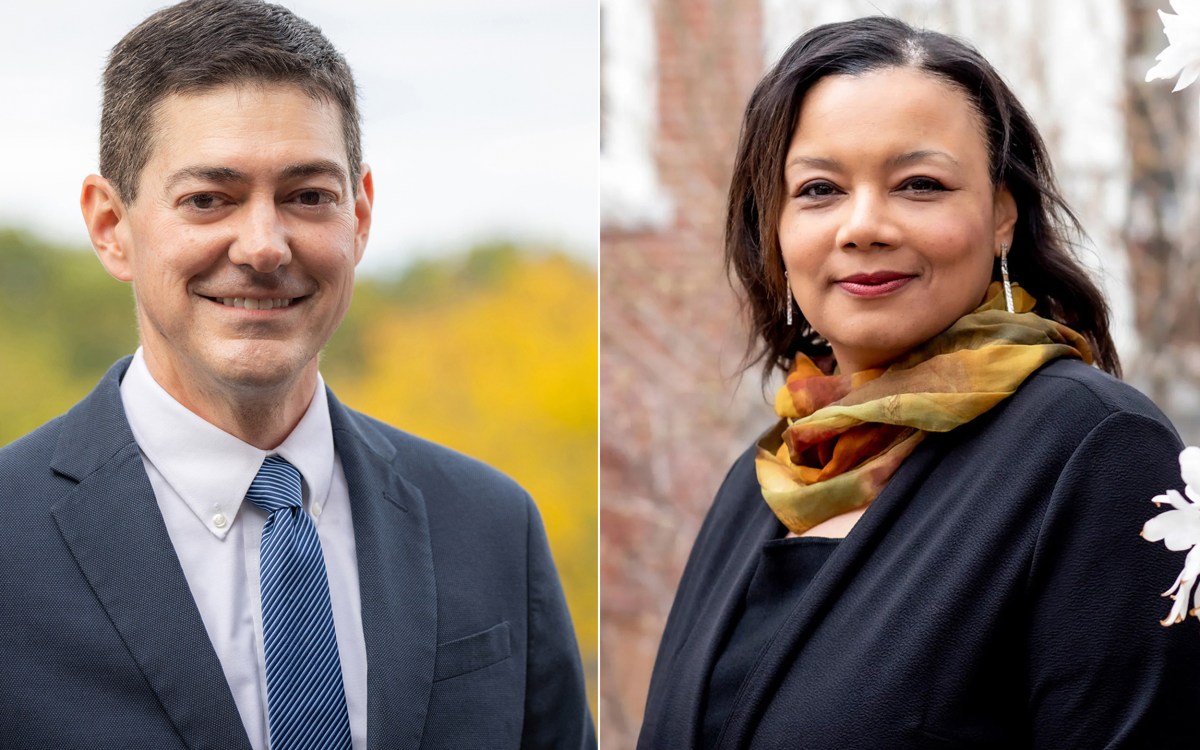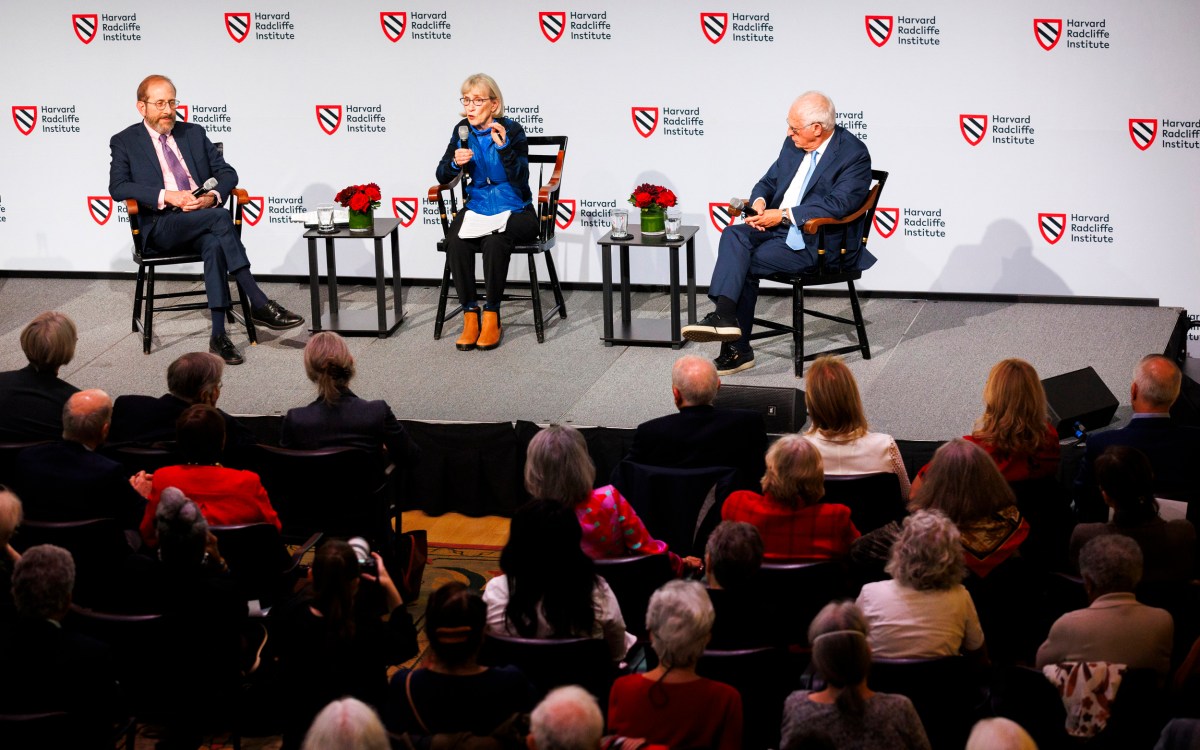Early Action sees 1.2 percent increase in applications
While a record 6,095 students applied for admission to the Class of 2005 under the College’s Early Action program this year, applications rose only 1.2 percent compared with last year’s increase of more than 30 percent. The number of students admitted declined for the second year in a row to 1,105, down from 1,135 last year and the record 1,185 for the Class of 2003.
“The plateau of 1,100 to 1,200 Early Action admissions we seem to have reached over the past few years suggests that this may be the range we can expect in the future,” said William R. Fitzsimmons, Dean of admissions ad financial aid.
Initial reports indicate that interest in early admission to other colleges around the country has also begun to level off. In the past decade, there have been dramatic increases in the numbers of students applying for early admission at American colleges and universities.
“This year as in the past, the Admissions Committee admitted only those who were certain to be admitted later,” said Fitzsimmons. “This principle is particularly important because of the record applicant pools of recent years.” Last year, 18,693 applied for admission.
Interest in Harvard has increased in the past few years in part due to demographic trends but also because of two other factors: the cumulative effect of more comprehensive recruiting and the resulting public awareness of Harvard’s new financial aid program announced in September 1998 by Faculty of Arts and Sciences Dean Jeremy Knowles.
Harvard’s generous financial aid program has been highlighted in all recruitment presentations. Harvard increased its scholarship budget by 20 percent and now spends more than $55 million annually in scholarships and oversees more than $93 million in total financial aid. Nearly 50 percent of undergraduates are on scholarship, while 70 percent receive some form of financial aid.
Harvard’s expanded financial aid program gave each scholarship recipient $2,000 more in annual scholarship aid thereby reducing loans and term-time or summer work expectations accordingly. Students could also use outside scholarships to reduce their loan and work obligations. “Almost 300 students have won so much in outside awards that they have eliminated their job and loan obligations completely, a $25,000 saving to each of those students over four years,” said Sarah Clark Donahue, director of financial aid. “Students are excited by the freedom and flexibility the program offers. They can take much better advantage of the rich opportunities here and graduate with lower levels of educational debt.”
Marlyn McGrath Lewis, director of admissions, reported that the committee believes the quality of the Early Action applicant pool this year to be “unusual, even by the high standards of the recent classes. The admitted students present a stunning array of accomplishments,” she said. “No doubt the faculty will find it rewarding to work closely with these outstanding students over the next four years, as will their extracurricular and athletic mentors.”
While geographical distribution was quite similar to last year’s, there were somewhat more students from the West and the South and fewer from the Midwest. As to academic interests, the humanities led the way again with 24.2 percent, while 24 percent of the admitted students declared their intention to concentrate in biology. Other areas remained similar to last year’s.
More than 46 percent of the admitted students are female, and minority students also fared well: Asian American students comprise 18.4 percent of the admitted group; Latinos 7.2 percent; African Americans 6.1 percent; and Native Americans 0.8 percent.
Letters were mailed Dec. 15, 2000. Final decisions were deferred for 4,740 students; 196 applications were denied; 39 were incomplete; and 15 withdrew. Harvard expects that between 85 percent and 90 percent of the 1,105 admitted students will choose to enroll in September.
“The flexibility of Early Action allows admitted students to consider their college choices and their financial aid options throughout their senior year. Perhaps Harvard’s leading graduation rate of 97 percent is associated with the flexibility Early Action provides,” Lewis said.
Admissions staff, alumni and alumnae, and students will communicate with admitted students during the next few months to address any questions they may have about the College. All admitted students will be invited to visit Cambridge, particularly over the weekend of April 21 and 22 when a special program will be conducted for them.
“We enjoyed getting to know them during the admission process – meeting them on the road, interviewing them here in Cambridge, and reading their applications,” said Fitzsimmons. “They are remarkable people, and we hope to welcome them to Cambridge in September.”
Students have until May 1 to notify the College of their intention to enroll.
